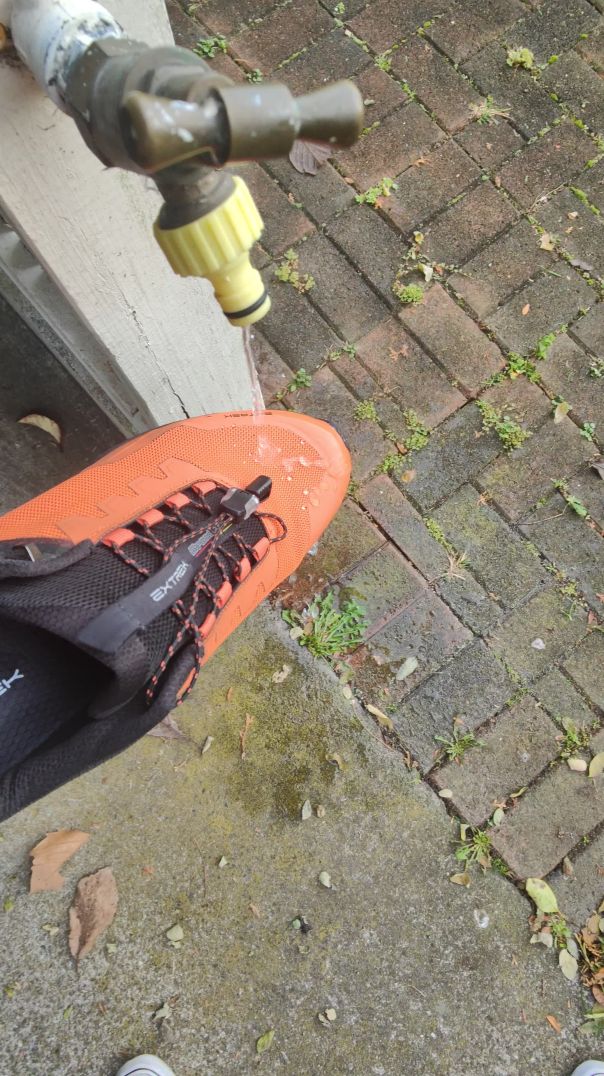Kicking is the Key to Dominating Aussie Rules Football
In Australian Rules Football (AFL), your kicking game is your weapon. Whether you're a junior looking to improve fundamentals, a weekend warrior refining accuracy, or an elite-level player chasing perfection, mastering the craft of kicking separates the average from the elite.
But what does it really take to kick like a pro?
This insider’s playbook goes beyond the basics, combining coaching wisdom, sports science, and AFL-level technique analysis to give you a practical path to kicking mastery.
🔍 What Makes AFL Kicking So Unique?
AFL is unlike any other football code. The demands on kicking are:
Long-range precision – Delivering 50m kicks on the run
360° awareness – Executing under pressure from any angle
Diverse footwork – Drop punts, snaps, bananas, torpedoes
Dual-sided control – Proficiency with both left and right feet
Tactical IQ – Understanding game flow and positioning
🧠 The Science Behind Elite Kicking: Biomechanics 101
Modern AFL kicking is heavily studied by sports scientists and biomechanists. Let’s break it down:
1. Balance & Posture
Eyes focused on the ball and target
Slight forward lean at point of contact
Core engaged for stability
2. Foot Contact Mechanics
Striking the lower third of the ball
Using laces or instep depending on trajectory
Clean follow-through aligned with the target
3. Hip & Pelvis Rotation
Strong hip rotation adds power
Stable pelvis reduces inaccuracy
4. Timing
Synchronisation between leg swing, plant foot pressure, and core torque
⚠️ Common Mistake: Overkicking. Power without form destroys accuracy. Focus on timing and rhythm first.
⚽ Top 5 AFL Kicking Techniques Every Player Must Master
1. Drop Punt (The Gold Standard)
Used for almost all field kicks and shots at goal.
Technique: Ball held vertically, dropped onto foot laces.
Tip: Master control with short 15–30m kicks before going long.
2. Snap Kick (Curved Kick Around the Body)
Ideal for quick kicks under pressure, especially near goals.
Technique: Hit the ball off-centre and across the body.
Use: Left foot snap from right side of goal and vice versa.
3. Banana Kick (Reverse Curve)
Trickier to learn but deadly around tight angles.
Technique: Hit the ball outside the boot, slicing it away then curving back.
Pro Tip: Practice 10–15m banana goals daily to develop finesse.
4. Torpedo Punt (The Bomb)
For max distance and show-off moments.
Technique: Ball angled, pointed to rotate in spiral; struck with full force and whip.
Use sparingly – high risk, high reward.
5. Checkside Kick (Outswinger)
Opposite of a banana, curves away to the outside.
Used by elite players for tricky angle goals.
Tip: Best executed with steady plant foot and clear swing arc.
🏋️ Drills to Sharpen Your Kicking Game
✅ Warm-Up Drill: One-Step Kicks
Focus: Clean ball drop and foot contact
Method: 10 kicks each leg from 10m, stepping only once
✅ Accuracy Grid Drill
Focus: Hitting specific targets
Set up 4 cones in a square and aim to hit inside each from 30m
✅ Pressure Circle Drill
Focus: Decision-making and execution under pressure
Method: Group drill where a central player must kick accurately in 3 seconds under simulated game pressure
✅ Banana & Snap Zone
Focus: Mastery of curved kicks
Create marked “hot spots” near goal and repeat 10 kicks per foot
🎓 Expert Tips from AFL Coaches & Players
We’ve gathered proven advice from elite footy minds:
Craig McRae (Collingwood Coach):
“Train decision-making and kicking together. Kicking under pressure is 80% decision, 20% execution.”
Emma Kearney (North Melbourne Captain):
“Build confidence on both feet early. Dual-foot skill gives you space and tactical advantage.”
Luke Hodge (3x Premiership Star):
“Film yourself. The tape never lies. It shows drop angle, follow-through, and plant foot errors instantly.”
🛠️ Fixing Common Kicking Mistakes
| Mistake | Cause | Fix |
|---|---|---|
| Shanking the ball | Poor ball drop or late contact | Focus on consistent drop height + relaxed arms |
| Falling off the kick | Weak core or unstable plant foot | Core strengthening + plant foot drills |
| Lack of distance | Inefficient leg drive or poor rotation | Work on hip mobility, glutes, and timing |
| Inaccuracy under pressure | Panic or tunnel vision | Game-scenario drills + scan options before kicking |
📈 Progress Tracking: How to Measure Improvement
Use these metrics weekly:
Kick accuracy %: Out of 100 kicks at varying distances
Both-foot score: How equal are your left/right foot skills?
Pressure success rate: Accuracy under time-limited or contact situations
Distance gain: Max and average kick distances
⚙️ Recommended Tools & Apps
KickTracer App – Analyzes your kick path and accuracy with AR
Hudl Technique – For slow-motion breakdowns of your form
Football Flick Rebounder – Great for solo accuracy training
FitLight Trainer – Enhances visual decision-making under pressure
💬 The Mental Game: Visualisation and Confidence
Elite kickers don't just train physically—they train mentally.
Visualise perfect kicks nightly before bed.
Cue words like “drop-snap-kick” to reduce in-game anxiety.
Breathe: Inhale focus, exhale pressure before every set shot.
🇦🇺 Case Study: The Rise of Nick Daicos
Nick Daicos is redefining AFL kicking efficiency.
Strengths: Laser-sharp short kicks, perfect positioning, deadly snaps
Training Routine: 200 kicks per day, high repetition under game simulation
Coach’s Comment: “He treats every kick like a golf putt – measured, repeatable, controlled.”
🏆 Conclusion: Build Your Kicking Legacy
Great AFL kickers aren't born—they’re built. Whether you're in a dusty local oval in country Victoria or the pristine turf of the MCG, the same principles apply: master your mechanics, train under pressure, and sharpen your mental game.
By applying this insider playbook, you can transform from an average kicker to a game-changer.






























